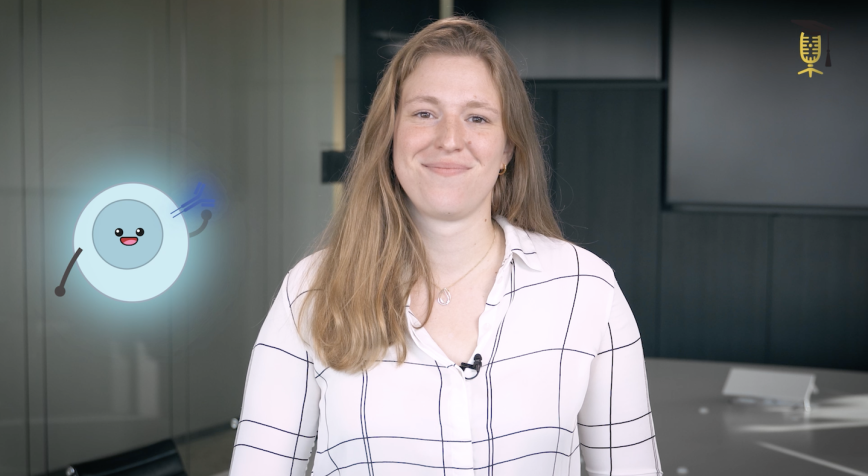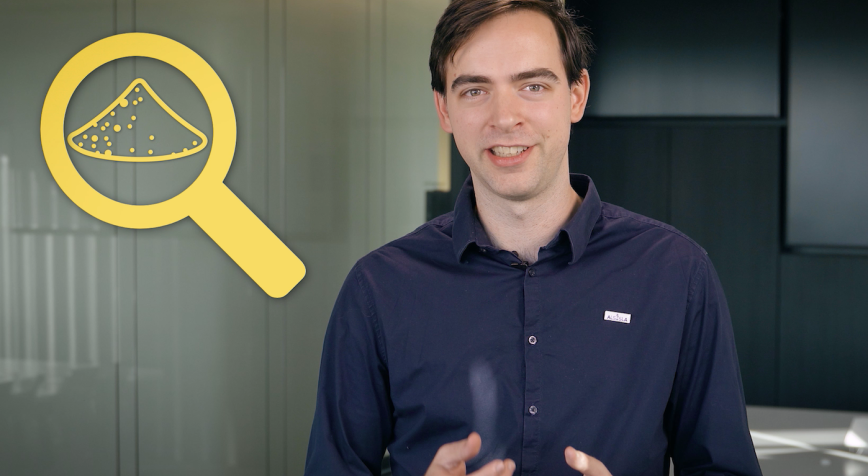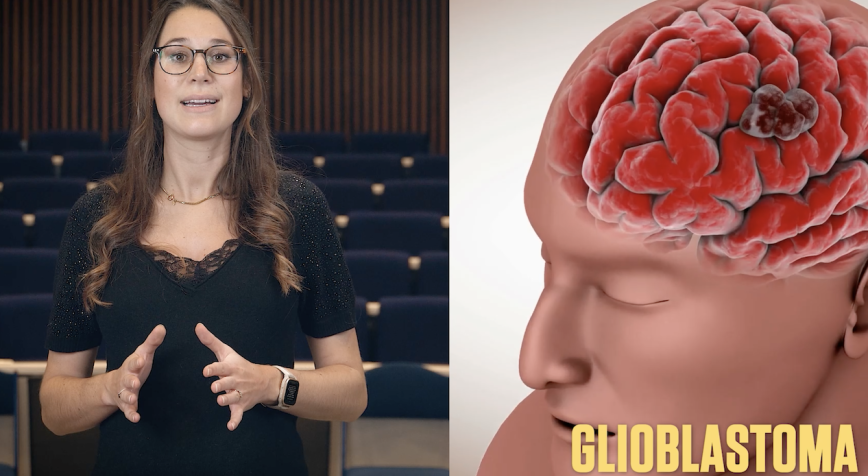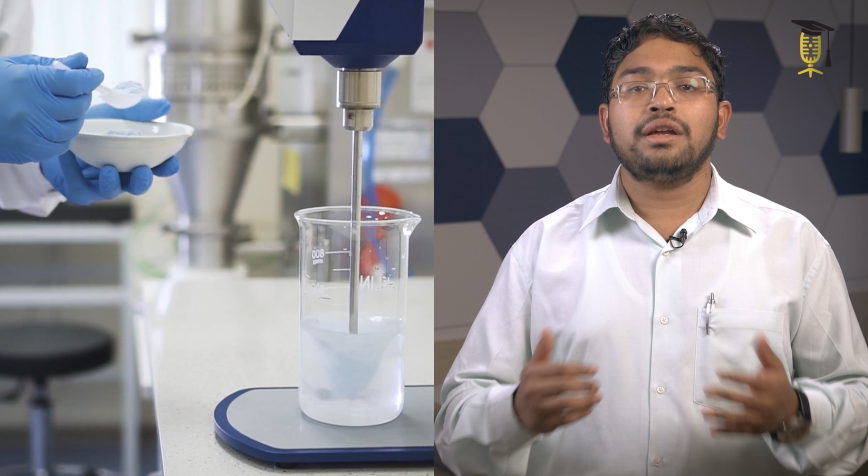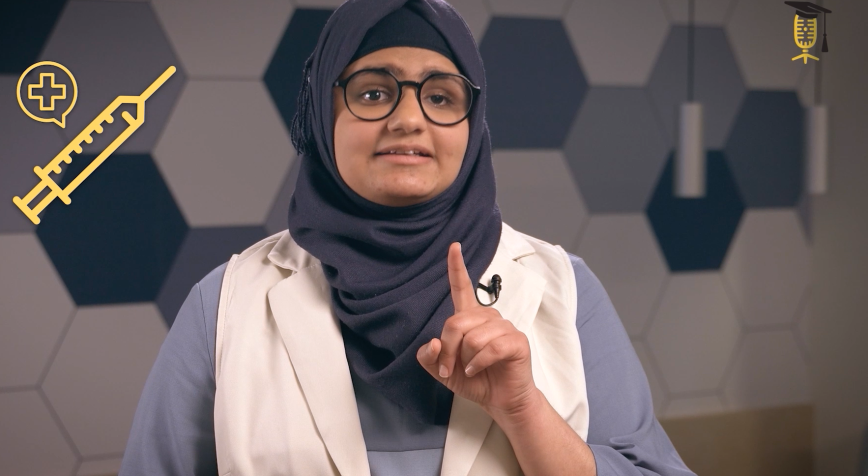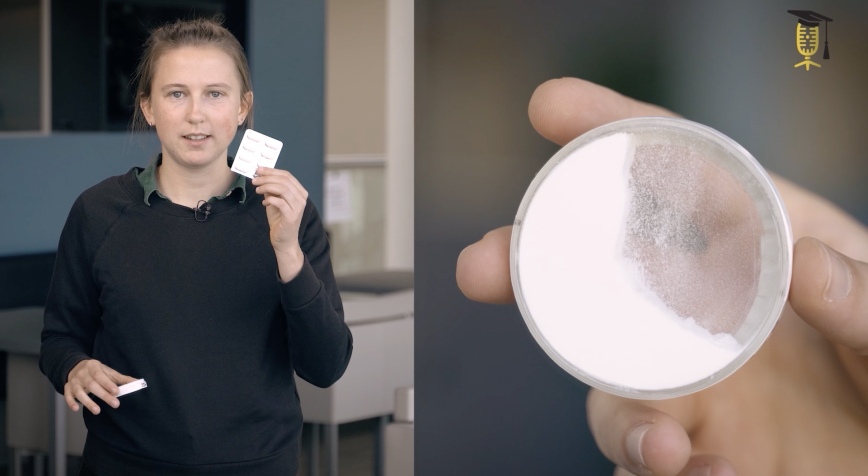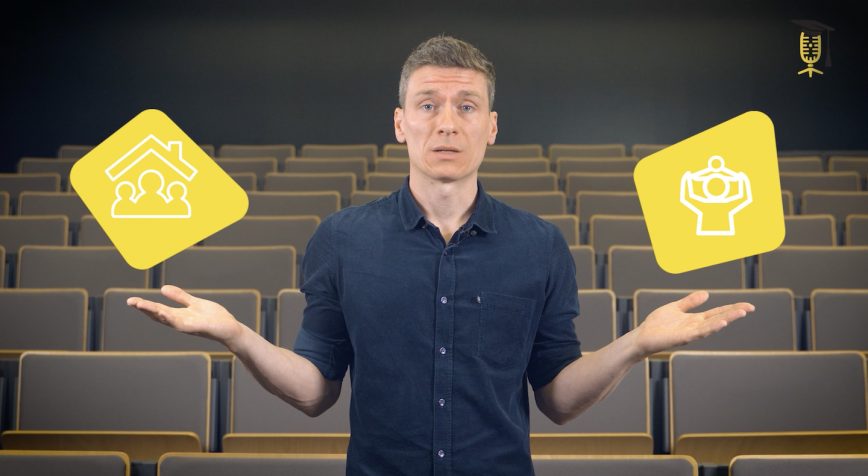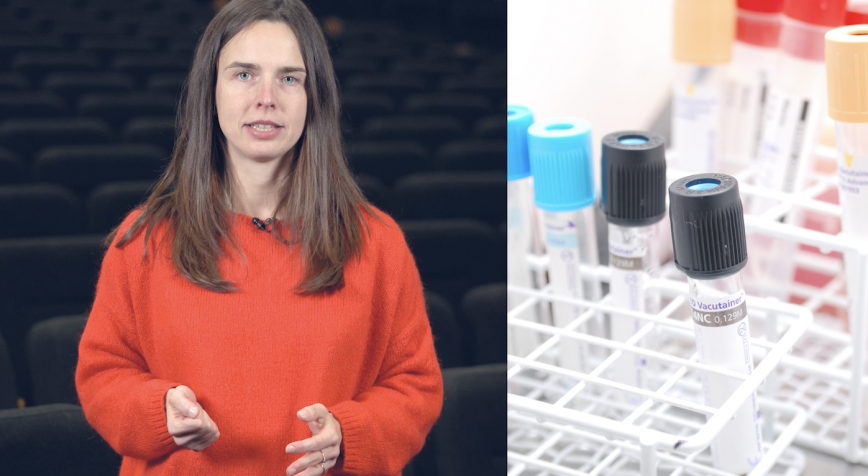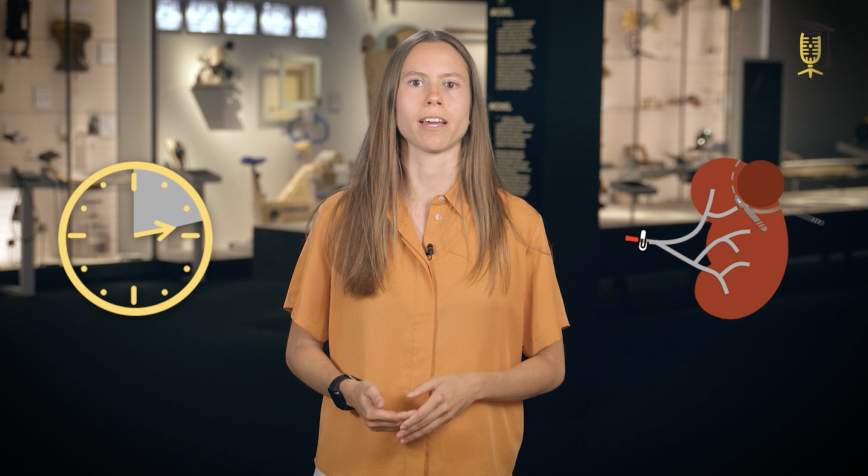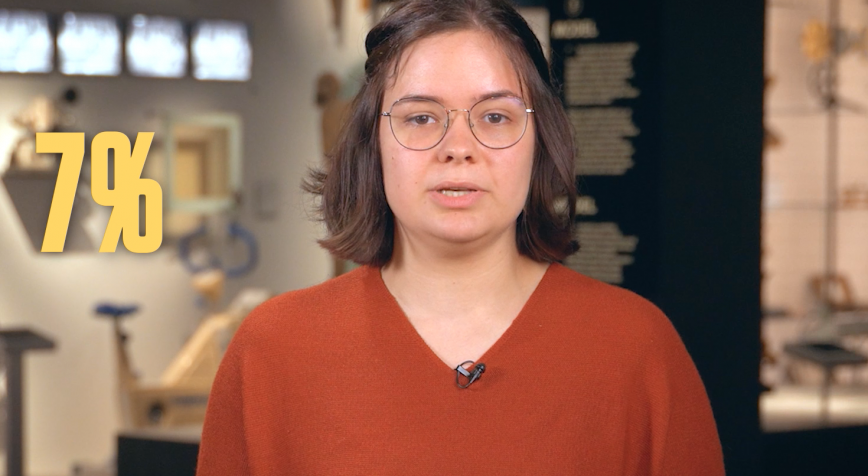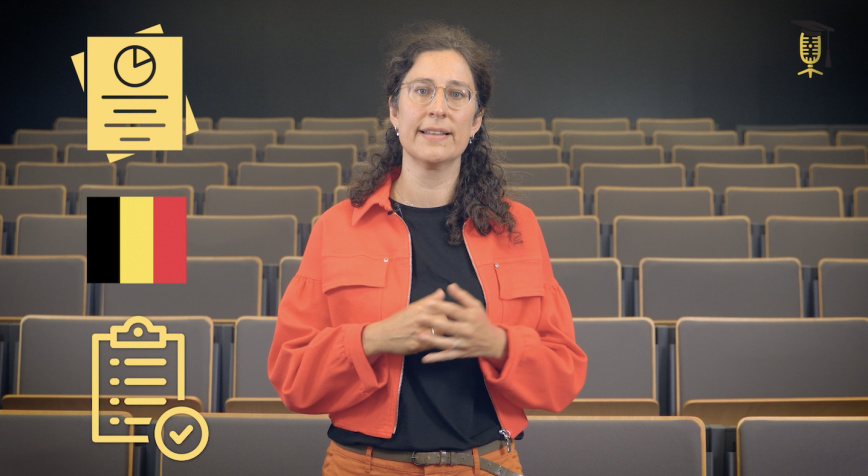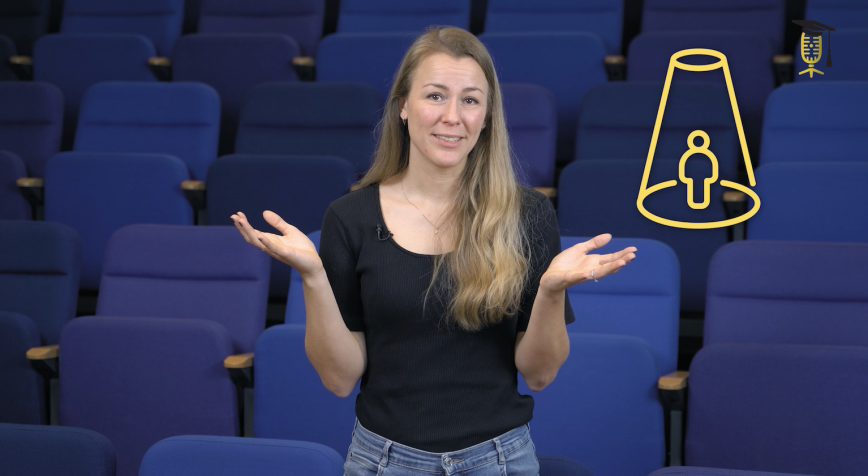
Why is social contact so difficult after a brain injury?
People who suffer a brain injury, after an accident or stroke, often face social problems. They lose friends, face problems at work and their relationships fall apart more often. But what makes social contact so difficult after a brain injury? Neuropsychologist Annemarie Stiekema lists the main insights from research for you.
